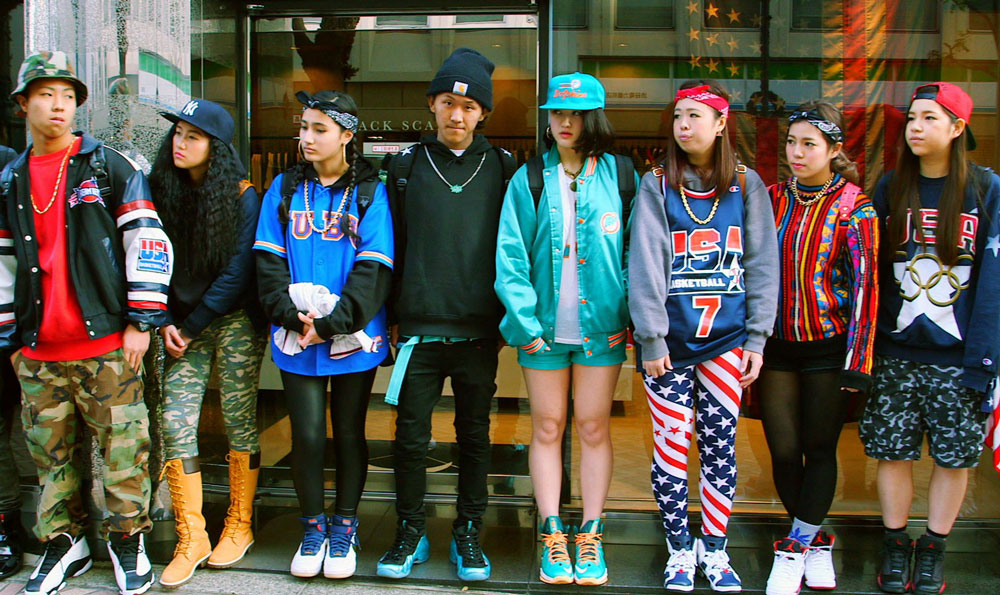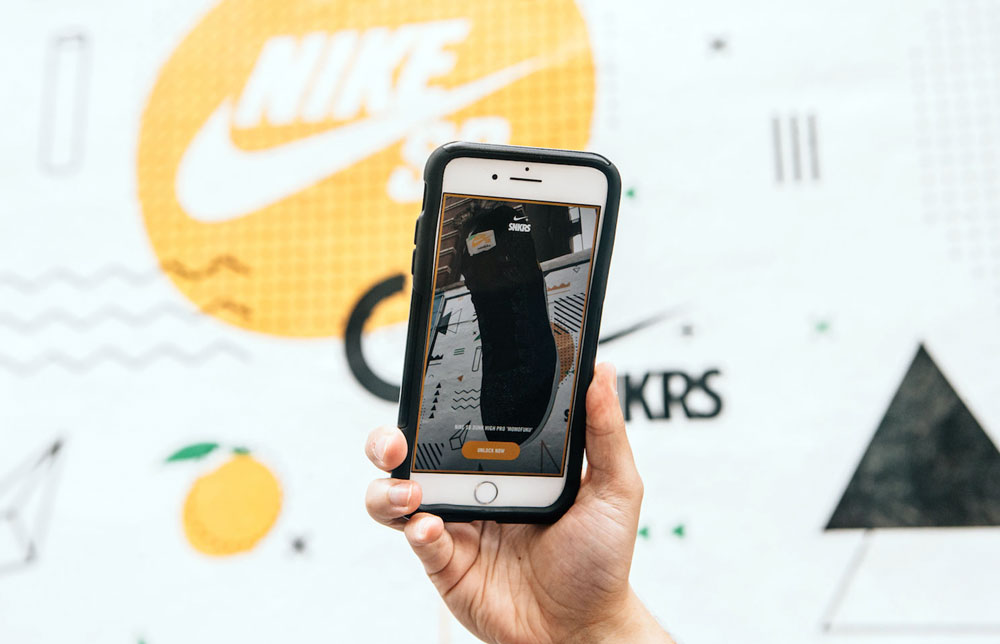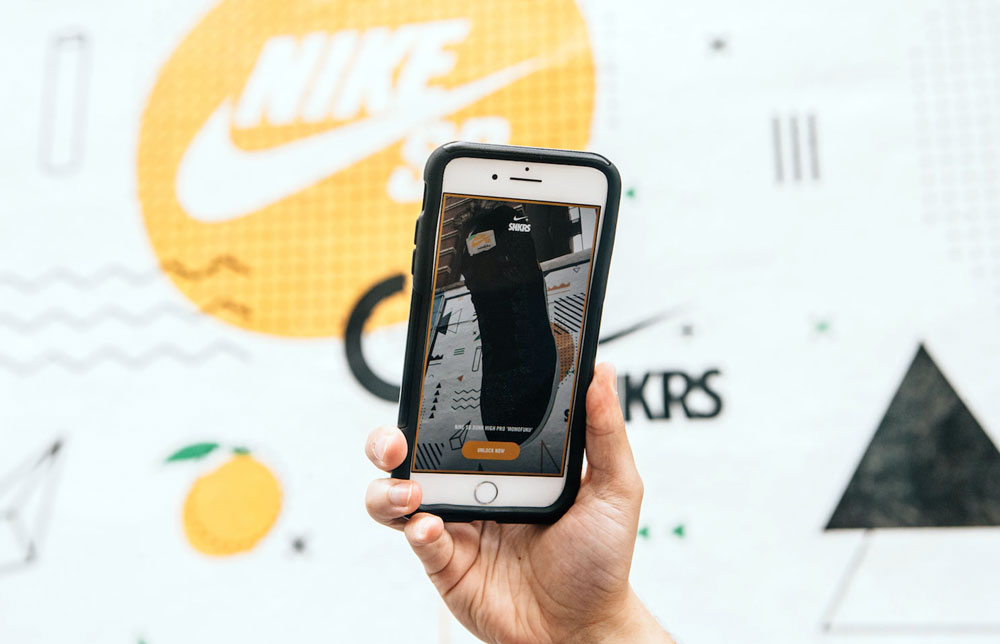Assessing Augmented Reality Sneakers. There’s no secret that tech giants such as Google, Facebook, and Apple are investing and developing augmented reality for their next generations of platforms. In a not so far future, augmented reality will bridge – according to these companies – the ‘real’ world with the digital realm. Moreover, the bridge would bypass the social media platforms and emerge into new forms of mixed entertainment and advertising, on the go.
Augmented Reality Sneakers – Augmented Reality In Fashion Retail
In that line, an augmented reality startup Vyking is already working towards that goal. Their targeted market is that of ‘sneakerheads’, that is early adopters that love streetwear in general and sneakers in particular.
Vyking’s custom AR software allows the potential buyer to try on any sneakers by only using the virtual environment, in a way that lets them see how the shoes look on their foot before they buy them.

On the downside, there is no way for the potential buyers to feel how the sneakers might fit them as such technology does not exist, at least yet.
Similar to the project launched by the AR startup Vyking, there is a new wave of fashion companies building around the AR fitting, like Warby Parker for glasses, Lacoste for shoes, and Nike’s SNKRS app for iOS.

In Nike’s case, the tech works by pointing your smartphone at a web page showing a special SNKRS poster or even a physical print like those that Nike put up across NYC.
However, at this point in time Lacoste’s LCST AR platform does not let consumers move their foot and see the footwear from multiple angles as Vyking’s technology does.
Augmented Reality Sneakers – 61% Want Augmented Reality
To summarise, it is not just the sneakerheads that will benefit from AR tech as more and more fashion retailers have started to integrate AR technology into their in-store experiences. This fast adoption is also projected by consumers where research shows that 61% of fashion buyers prefer retail stores that can offer AR experiences.
More than that, 71% of shoppers would buy more often when AR features are presented and almost 40% of the fashion consumers would even be willing to pay more. This might be the result of the fact that they can try on, or experience the goods in advance, via AR.

